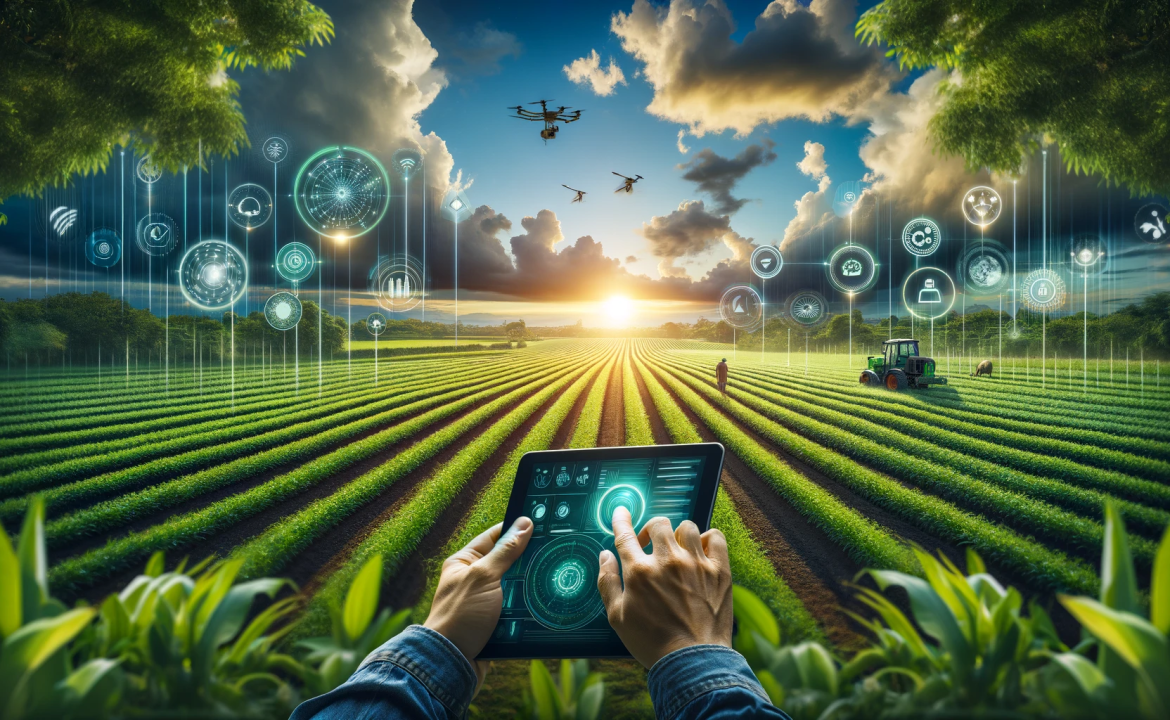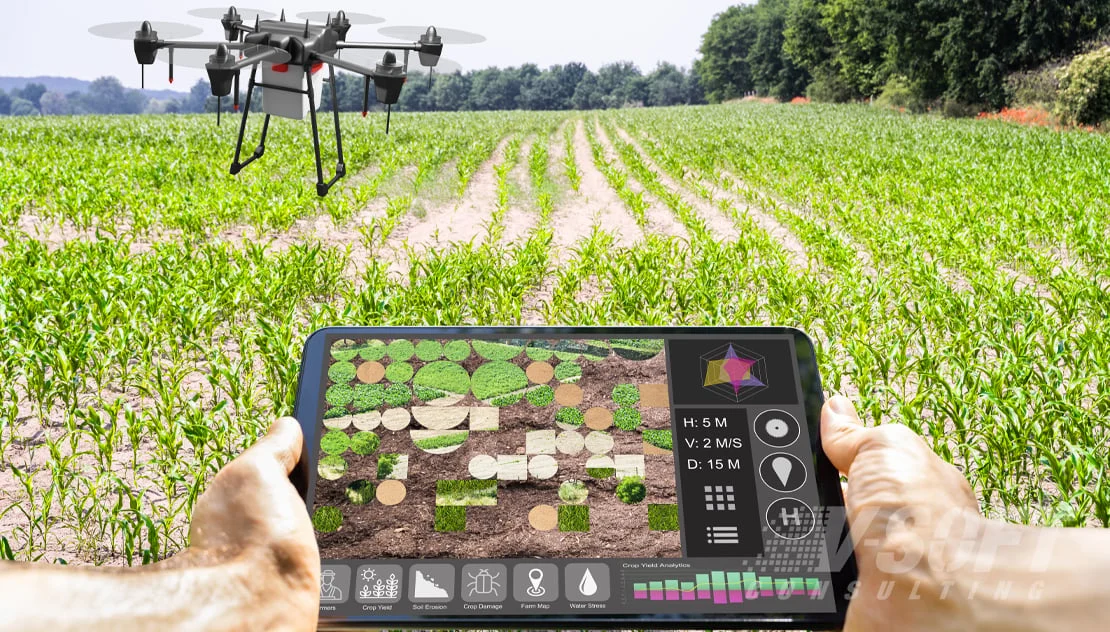Artificial Intelligence (AI) is revolutionizing agriculture by improving productivity, enhancing decision-making, and enabling precision farming. However, integrating AI into agriculture presents several unique challenges that need to be carefully addressed for successful adoption.
What are the Challenges of AI in Agriculture?
The challenges with AI in agriculture refer to the obstacles faced when applying machine learning, computer vision, and data analytics to farming practices. These challenges can stem from technical, environmental, economic, and social factors.
Key Challenges in Applying AI to Agriculture
Data Availability and Quality
AI systems require large volumes of accurate, real-time data for effective decision-making. In many rural and remote farming areas, access to reliable data sources such as sensors, satellite imagery, and historical records is limited or inconsistent.
High Costs of Implementation
Advanced AI-powered equipment like drones, smart sensors, and automated machinery can be expensive. For small and medium-sized farmers, the cost of adopting these technologies may be a significant barrier.
Limited Digital Infrastructure
Many agricultural regions lack strong internet connectivity and modern IT infrastructure, making it difficult to support cloud-based AI applications and real-time data processing.
Complexity of Agricultural Environments
Farming conditions vary widely based on climate, soil type, and crop variety. AI models must be customized to local conditions, which increases development time and complexity.
Lack of Technical Expertise
There is often a skills gap in the farming community when it comes to operating, maintaining, and interpreting AI technologies. Farmers may require training and ongoing support to fully utilize these systems.
Ethical and Social Concerns
There are concerns about data ownership, privacy, and the potential displacement of labor due to automation in agriculture. Balancing technological advancement with social responsibility is essential.
Conclusion
While AI holds significant promise for transforming agriculture, these challenges highlight the need for thoughtful planning and collaboration between technology providers, policymakers, and farmers. Addressing these barriers can help ensure that AI-driven agricultural solutions are accessible, effective, and beneficial for all stakeholders.







Leave feedback about this